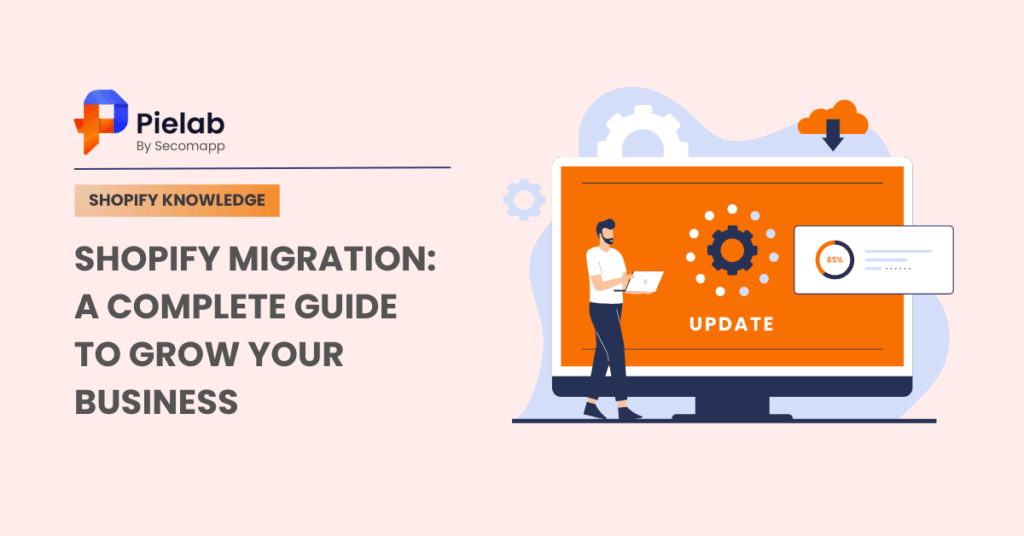To expand business, many small companies turn to larger eCommerce platforms like Shopify. This often requires a Shopify migration, moving data and operations to a system built for growth. Done well, it helps protect sales, SEO, and customer experience while unlocking new opportunities. In this guide, we’ll show you how to prepare, execute, and optimize your Shopify migration for a seamless transition.
Shopify migration: Basic understanding
1. What is Shopify migration?
Shopify migration is the process of transferring an online store’s data, content, and functionality from another e-commerce platform (such as WooCommerce, Magento, BigCommerce, or custom-built systems) to Shopify. Instead of starting from scratch, this process sets up your store on Shopify while preserving valuable data and ensuring everything continues to work smoothly.
A complete migration covers all key elements, including products, categories, customers, orders, content, design, and third-party integrations. Because every store is different, the level of complexity can vary widely: small stores may experience a quick transition, while enterprise businesses often require careful planning to handle large datasets and multiple system connections.
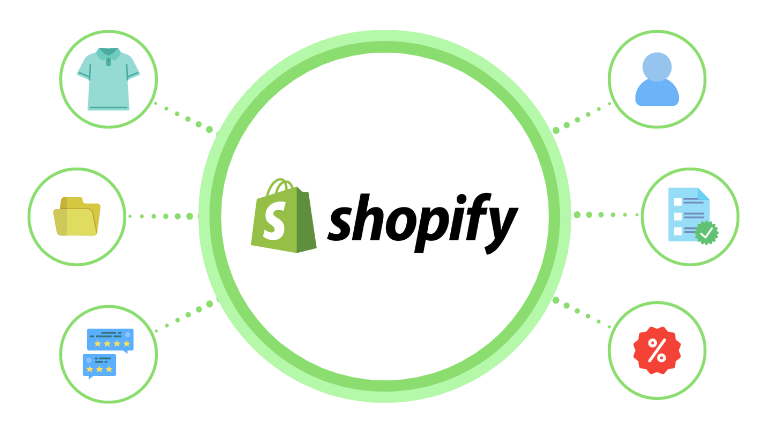
2. Why is Shopify migration important ?
Scale your business without limits
By migrating to Shopify, you gain a platform that grows with you. Whether you’re a small shop or an enterprise brand, Shopify’s reliable infrastructure and global hosting mean no more worrying about site crashes during peak sales. This gives you the freedom to expand into new markets and confidently handle surges in traffic and sales.
Attract more customers and simplify growth
Shopify migration gives you access to built-in SEO, marketing, and analytics tools, plus omnichannel integrations across marketplaces and social media. This makes it easier to reach new audiences, understand your store’s performance, and deliver personalized shopping experiences. Instead of dealing with technical complexity, you can focus on attracting customers and growing revenue.
 Build trust and protect your store
Build trust and protect your store
Migrating to Shopify ensures your customers’ data is safe with enterprise-grade security, PCI compliance, SSL certificates, and 24/7 monitoring. You’ll also benefit from round-the-clock support to keep your store running smoothly. This not only prevents costly disruptions but also strengthens your credibility, showing customers that they can shop with confidence.
Stay ahead of the competition
With a Shopify migration, your store becomes future-ready. You’ll have access to thousands of apps, seamless integrations, and continuous platform updates that keep you aligned with industry trends. From new payment solutions to AI personalization and international selling, Shopify ensures your business remains innovative, flexible, and competitive for years to come.
Shopify migration: Essential types of data to collect
When moving your store to a new platform, success depends on more than just transferring products. Every piece of information needs to migrate accurately to protect your sales, SEO, and customer relationships. Missing or broken data can lead to lost revenue, compliance risks, and a frustrating shopping experience.
Shopify migration: Challenges and how to overcome
Moving your online store to Shopify can bring many benefits, but it also comes with challenges. Knowing what to expect and how to prepare can make the process easier. Here are the main challenges of migration and tips to overcome them.
1. Data transfer
Specific problems
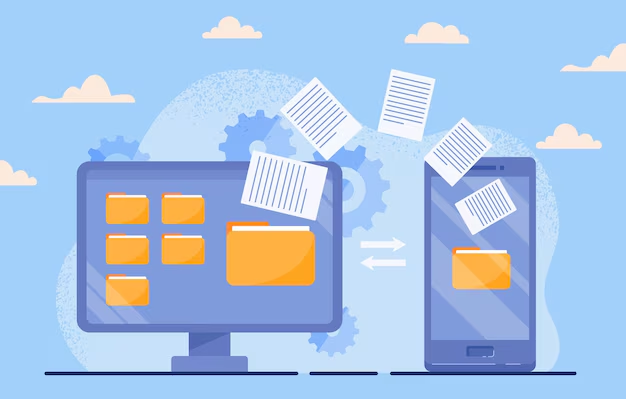
One of the most stressful parts of Shopify migration is moving all kinds of data such as products, customers, order history, blog posts, and even images. If this process goes wrong, you might end up with missing product variants, broken images, duplicated records, or incomplete customer details. Imagine customers logging in only to find their order history gone, or your team losing track of inventory levels. These mistakes create confusion, damage customer trust, and slow down sales right after launch.
What you can do
- Use migration tools like LitExtension, Cart2Cart, or Matrixify to transfer data safely and accurately.
- For large or highly customized stores, hiring a Shopify Expert can ensure nothing is missed.
- Always run test transfers before the final migration to confirm that products, categories, and customer data display correctly.
2. SEO and links
Specific problems

Your store’s SEO is often the result of years of effort, but Shopify migration can undo that work in a single step if links aren’t handled properly. When URLs change, search engines may no longer recognize your pages, causing traffic drops. Customers might also land on “404 Not Found” pages instead of the product they wanted, which is a quick way to lose sales. Metadata, alt text, and structured data can also be lost during migration, further weakening visibility on Google. If not addressed early, this can take months to recover.
What you can do
- Use tools like Screaming Frog or Ahrefs to crawl your old site and create a full URL map.
- Keep an eye on your performance using Google Search Console and SEMrush to ensure rankings stay stable.
3. Design and theme issues
Specific problems

Shopify runs on its own theme system, which may not fully support your existing store’s design. That means custom layouts, interactive features, or even the exact look of your product pages might not transfer over. The result? A new site that feels “off-brand” or confusing to loyal customers. Even small visual differences (fonts, colors, or menu layouts) can make the store feel less trustworthy and hurt conversion rates. In some cases, a full redesign is required, which adds cost and time.
What you can do
- Start by exploring Shopify Theme Store to find the closest match to your current design.
- Use drag-and-drop builders like PageFly or GemPages for advanced customization.
- If your store has unique design requirements, hire a developer through the Shopify Experts Marketplace to recreate critical elements.
4. Downtime
Specific problems
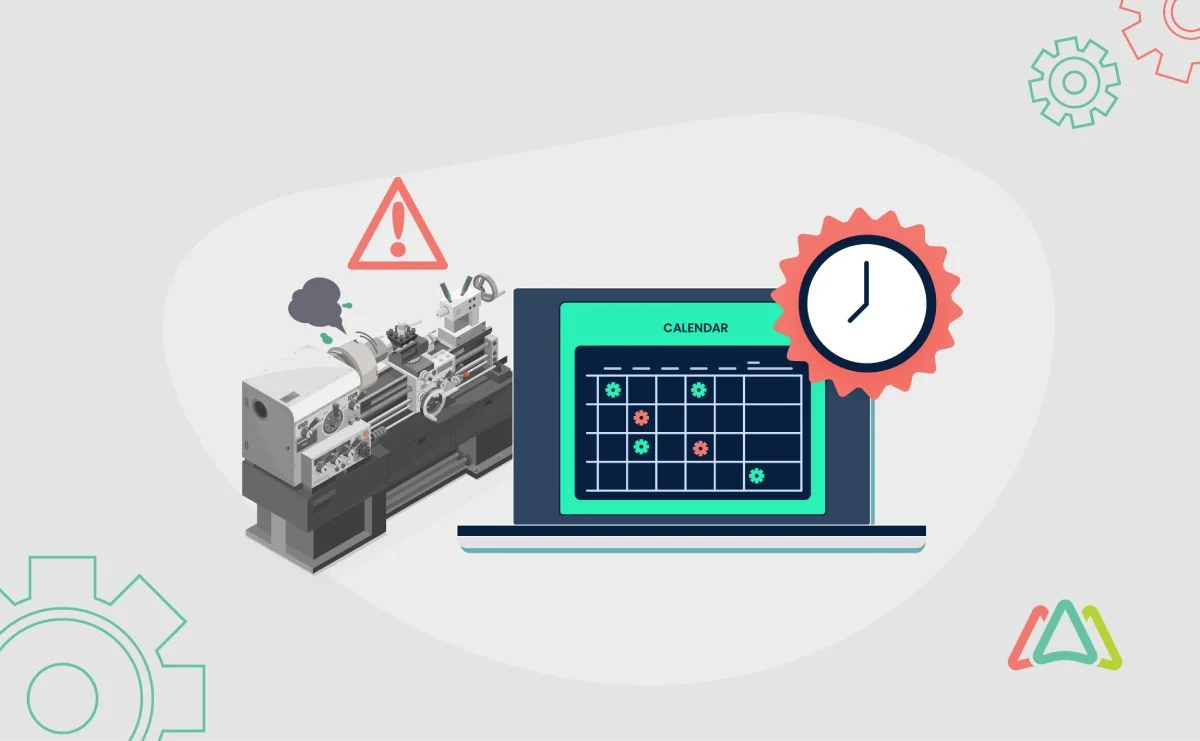
When switching platforms, there’s often a window where your store isn’t fully functional like products may not load, carts may not process, or the entire site could be offline. Even a few hours of downtime can result in lost sales, especially if it happens during peak shopping times. Worse, customers who encounter errors might assume your store is unreliable and hesitate to return. Unplanned downtime also affects backend operations like order fulfillment, leading to delays and support tickets piling up.
What you can do
- Use a Shopify staging store or Preview Mode to test everything before going live.
- Schedule migration during off-peak hours, identified using tools like Google Analytics or Hotjar.
- To keep customers informed, add a banner with apps like Quick Announcement Bar so shoppers know when to expect downtime.
5. Integration gaps
Specific problems
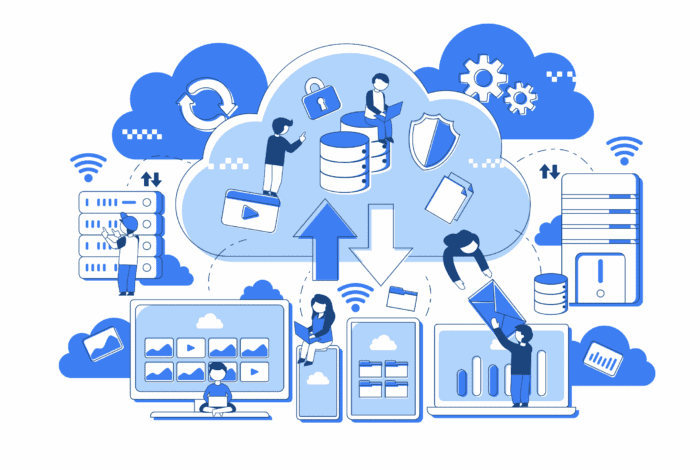
Most modern stores rely on a web of integrations: payment gateways, shipping providers, loyalty programs, email marketing tools, ERP, and CRM systems. During migration, some of these may not connect smoothly to Shopify. For example, your payment processor may not support Shopify, or your ERP might need reconfiguration. If these gaps aren’t resolved quickly, orders may not sync, payments could fail, and customers might not receive confirmation emails. This not only hurts operations but also creates a frustrating experience for shoppers.
What you can do
- Review all your current integrations before migration and check compatibility in the Shopify App Store.
- If certain services don’t have native apps, use middleware like Zapier or Make (Integromat) to connect them by APIs.
- For mission-critical workflows, consider building custom integrations with the Shopify API.
Extended insights: Using SearchPie to protect and improve SEO during and after migration
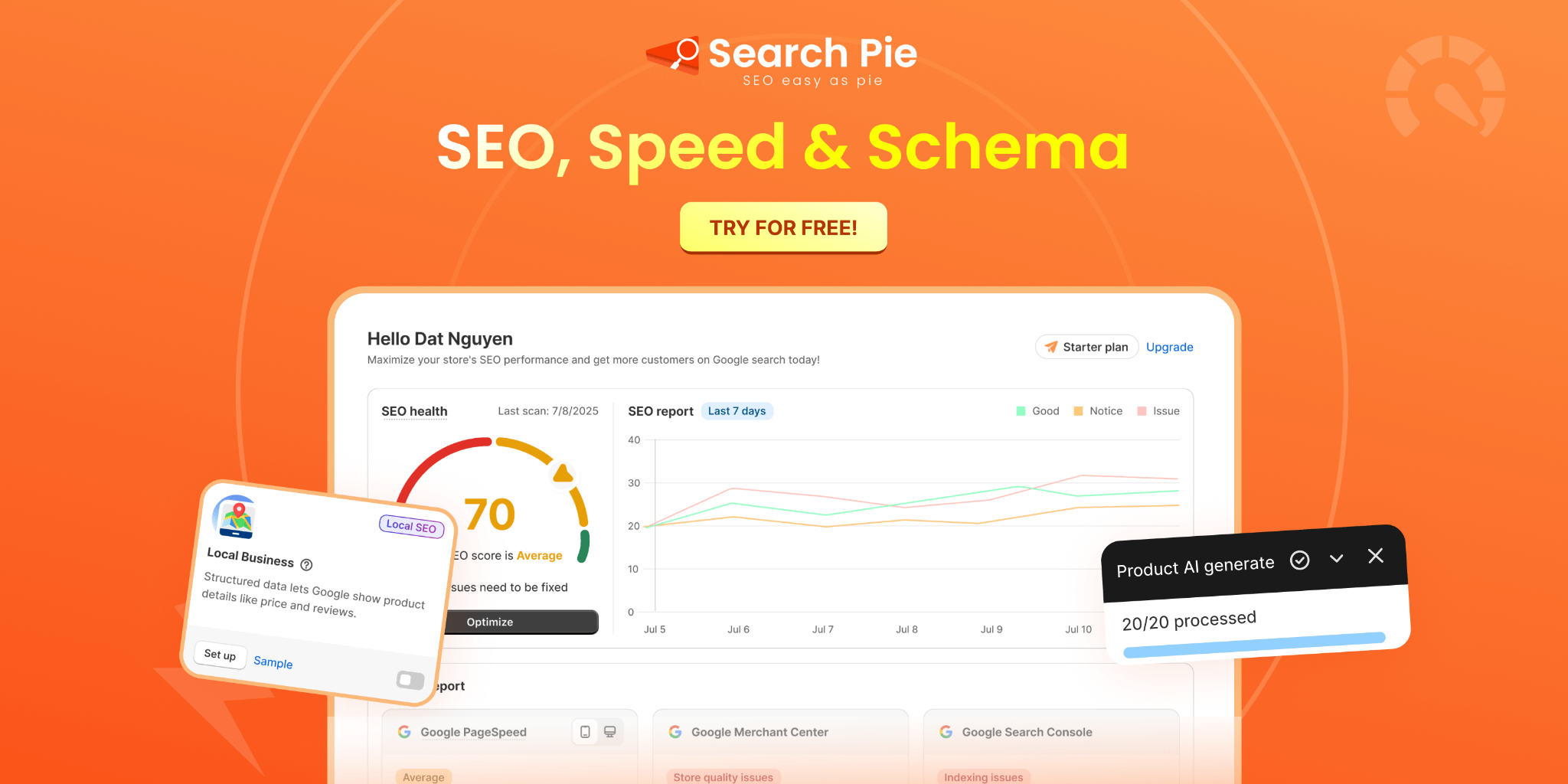
As an all-in-one SEO tool, SearchPie: SEO, Speed & Schema helps Shopify merchants monitor and improve their SEO, even during significant transitions like platform migration. This is how SearchPie supports Shopify migration:
SEO Report
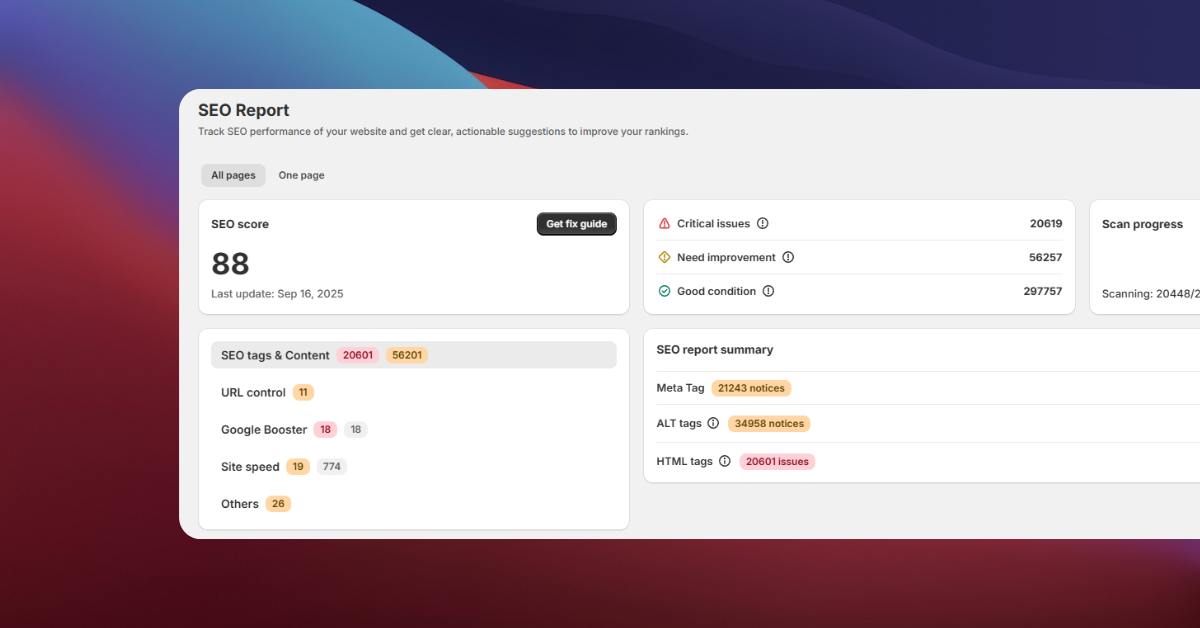
Before migrating, SearchPie can analyze your current website for SEO issues. This ensures you understand your site’s strengths and weaknesses, allowing for a smoother transition.
You can access SEO Report to see what your SEO score is and how you can improve it.
Schema & Snippets
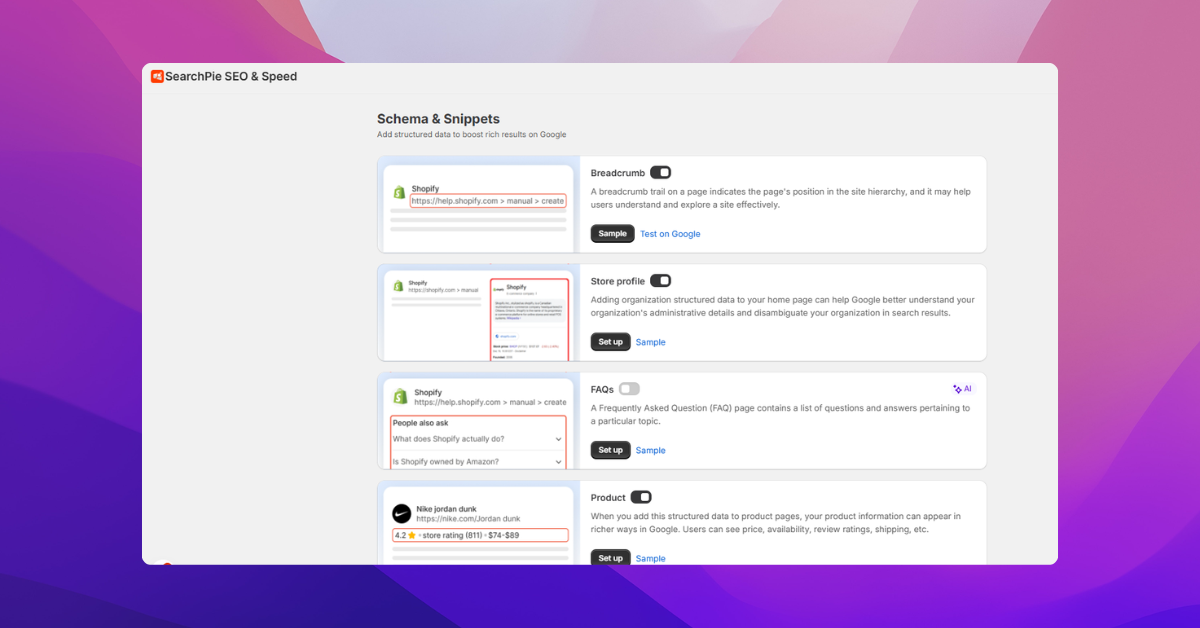
Use SearchPie to help your Shopify store appear more attractive in Google search results. By adding structured data like breadcrumbs, product details, FAQs, and blog posts, you make your pages easier for search engines to understand and more engaging for customers.
URL Redirect Management
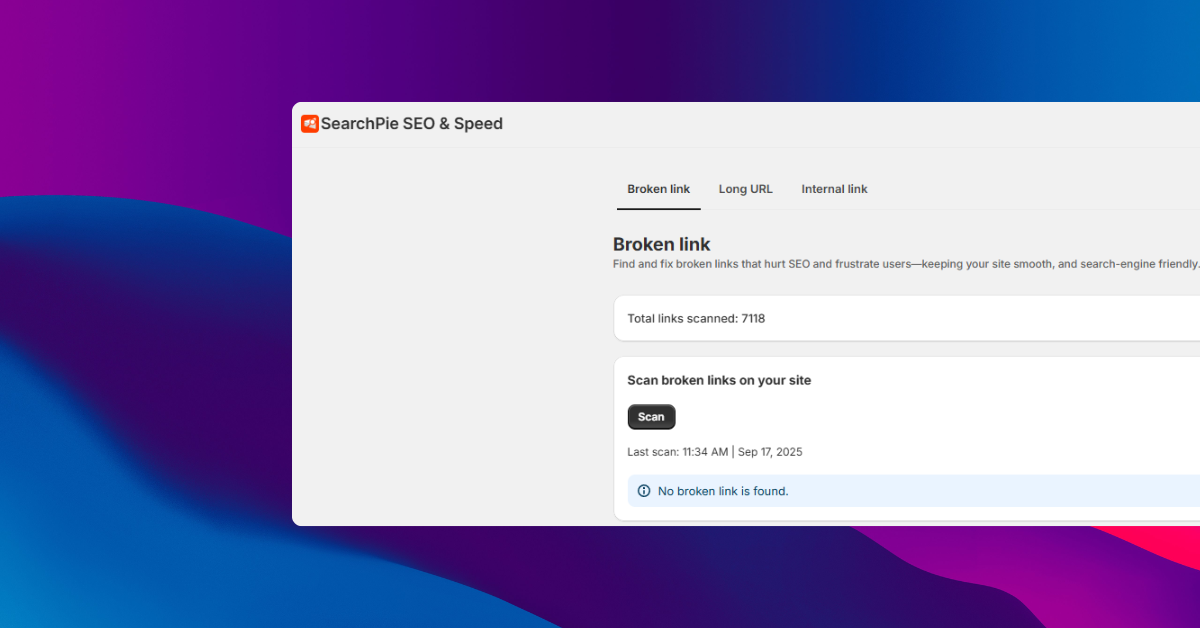
Migrating your store often involves changes to URL structures, which can hurt your rankings if not handled properly. SearchPie helps set up and manage 301 redirects efficiently, ensuring your old URLs guide customers to the right pages.
Install NowConclusion
Migrating to Shopify is more than just moving data, it’s a chance to future-proof your business. By carefully planning your Shopify migration, you protect your store’s SEO, keep customers engaged, and avoid disruptions to sales or operations.
Shopify’s scalability, security, and wide ecosystem of apps allow you to grow confidently, whether you’re a small business or an enterprise brand. If you’re planning a Shopify migration, now is the time to act! Try to reach out to our team to make the move smooth, secure, and growth-focused. Stay tuned!

